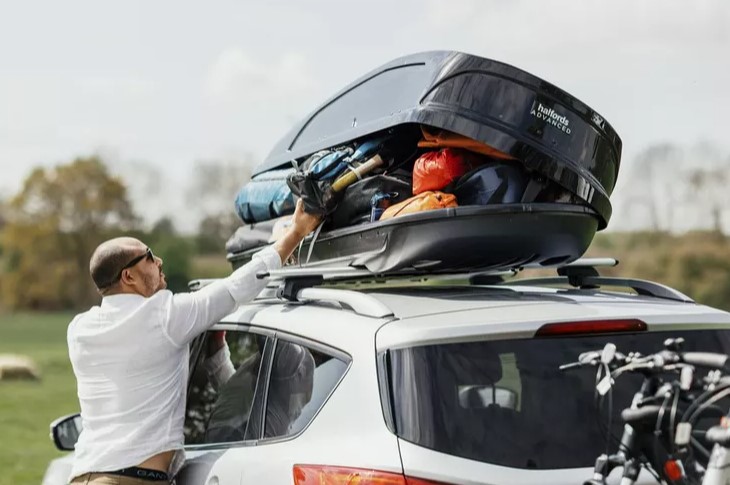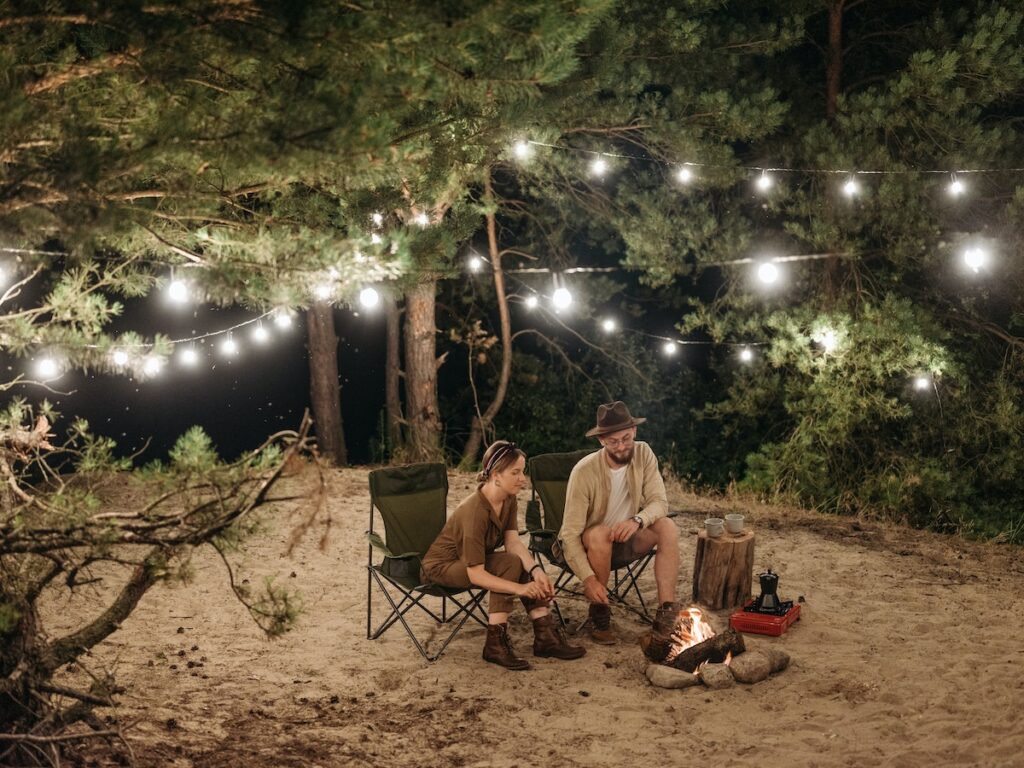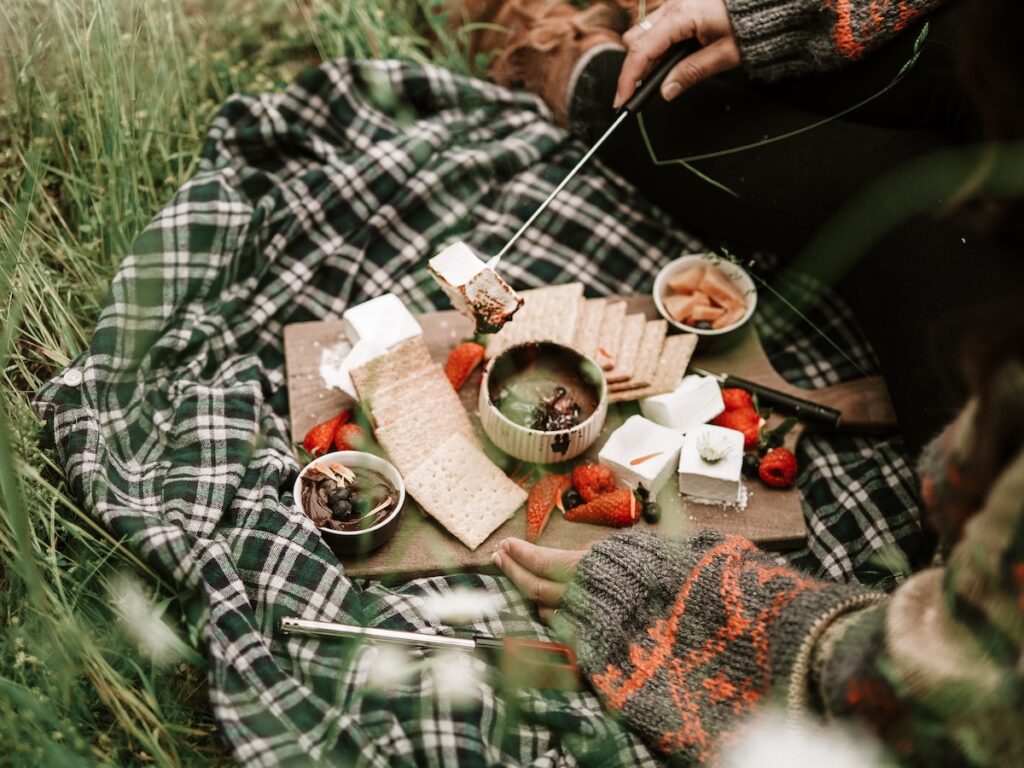Help and tips tor your first camping trip
You’ve finally decided to bite the bullet and go on your first camping trip. But what now?
It may feel like an impossible task: working out what to pack, how to put up a tent, planning what to do once you arrive and then packing everything up again.
Trust me, camping isn’t as difficult as it seems!
Whether you’re a teenager going on your first camping trip without parents, or a family who’ve never camped before, follow these tips and tricks to make the whole experience much smoother.
Let’s start at the very beginning- packing the car
I would recommend using a checklist when packing for camping, as there are always a few vital extras you’d forget otherwise. Use our Beginners Guide for What to take Camping (CG) as a guide and then adjust it to suit the specific needs of your group as well as the weather forecast.
Now that all your bags are waiting to be packed into the car, you may be wondering how you can fit it all in. I would recommend packing the heavy stuff: your tent, gazebo and cooking equipment at the bottom so that they don’t crush any of your other bags.
But be sure to position them near the door of the boot so they are easy to access as these will be the first things you need when you’re setting up camp.

Make sure you position your food near the top of the boot so that it doesn’t get crushed. We normally wedge the food bags between other items so that they don’t get dislodged when the car goes over a bump. You could also put the food bags at people’s feet in the car. This also means the food is easily reachable for car journey snacking!
I would also recommend surrounding the children with any duvets, blankets or pillows. The back seats have a lot of space that people often forget to utilise, saving you precious space in the boot. Giving them bedding to snuggle up in will also make for a much more comfortable car ride, especially if you’re driving at night.
Tips for saving space
If you’re running low on space either because your boot is too small, or like me you’re a chronic overpacker, then you could use compression bags. These are great for saving space as they compress items like clothes, sleeping bags or bulky jackets. You either use a vacuum to remove the air, or squeeze the air out of a one-way pressure valve using your hands.
Bear in mind that you’ll need to get everything back in the car afterwards, without a hoover to help you.
If you don’t want to wrinkle your clothes then you could ditch the compression bags and just roll up your clothes instead. I found this surprisingly revolutionary and it saves so much more space than folding.

If you really need the extra space, then there are a few other options.
You could invest in a roofbox: we normally use ours for packing the tent and other really bulky items like chairs.
For even more space, you could even invest in a small road towable trailer. This means you essentially have another boot to pack your bags in, but obviously this will only work for you if you’ve somewhere to store it once you get home.
Packing light takes a lot of effort and it is something that gets easier once you have gone on a few camping trips.

Before you leave don’t forget to plan!
Another vital part of the camping preparation process is planning your trip in advance.
I would recommend downloading a map of the campsite and surrounding countryside, as you can never rely on mobile service in the great outdoors. This will mean you know where to go walking and places of interest to visit such as historical monuments, beaches, nature reserves or activity centres for the kids.
Before you leave, why not research the forest walks in the surrounding countryside- there are usually loads! If you research them online, they often come with a rating of how taxing the route is (especially useful when camping with kids who get tired easily), and approximately how long the trip will take to complete.
If possible, plan a pub stop half way into your walk for lunch (call to book, as pubs can get booked up quickly near busy campsites especially on summer weekends).

Setting up the tent
You’ve successfully packed the car, planned some activities and have finally reached your campsite.
The first thing to do is to find a place to pitch. You’re looking for level ground without rocks, sticks and lumps. You could pack a small stiff broom to sweep the ground clean before you pitch so you know your tent will be on a clean bump free pitch.
If you can find level ground, then a gentle slope is fine. Just make sure you pitch your tent orientated in a way that your feet are down hill when you sleep.
The next thing to do is assemble your tent.
If it’s your first time camping then I’d definitely recommend finding the time to practice putting up the tent in the back garden or a local park, so you have an idea on how to make your shelter without issue upon arrival. This is also a great time to check you have enough tent pegs and that nothing in the tent is broken or faulty.
Once you have put up the tent and unpacked, if you feel like your pitch could still use a bit of upgrading why not check out my blog on how to glam up your pitch (CE).

What to do once you’re settled in
The hardest bit is over! Now is time to relax around the fire or in your expertly put up tent.
One of the biggest joys of camping is sitting in the middle of the countryside and experiencing the natural world. For an enjoyable camping trip I would recommend packing a comfortable camping chair, these are undoubtedly worth the space they take up in the car! It means you can relax by the campfire, sip tea in the morning and chat with friends without getting muddy.
Why not pack a good book (or two) as well. Camping is the perfect time to get started on that book you’ve been putting off for months – just don’t forget your head-torch for reading at night.
Once the sun has set, camping fun doesn’t have to end, check out The magic of camping after dark (CE) for some ideas for what to do on a camp evening.

Packing up
Start by packing away everything in the tent and making sure it is empty.
Then open any doors of the tent to prevent a vacuum forming when you pack it up and to let all the air out.
Next, take out all the pegs and guy lines- tie these away so that they don’t get all tangled when you try to put up the tent again. Remember that camping etiquette is to push back the soil or grass when you pull out a tent peg.
If your tent has poles (rather than being a pop up tent which you just fold up and twist so that it is the same shape as the bag) then take them out from the back first to push air out of the tent.
Finally it is time to fold up your tent, fold it so that it is the same width as the bag you’re trying to fit it in.
Then squeeze out as much air as you can, place your bag of poles and pegs on top of the tent and roll it up to wrap the poles in the middle. F
Finally, just put your tent in the bag.
Easy peasy!
Finally, finally….
Grab some last minute snacks or a quick picnic once you finished packing up.
This will keep those hunger monsters at bay for the drive home.

Good luck on your first camping trip. Hopefully reading this will help to relieve some of the stress about packing and planning for camping. You’ll feel like an expert in no time- with your tent set up and the car fully unpacked while you relax around the fire with a good book.
Here’s me signing out and thank you so much for reading.
Lily Crooke / Environmental and Recreational author
